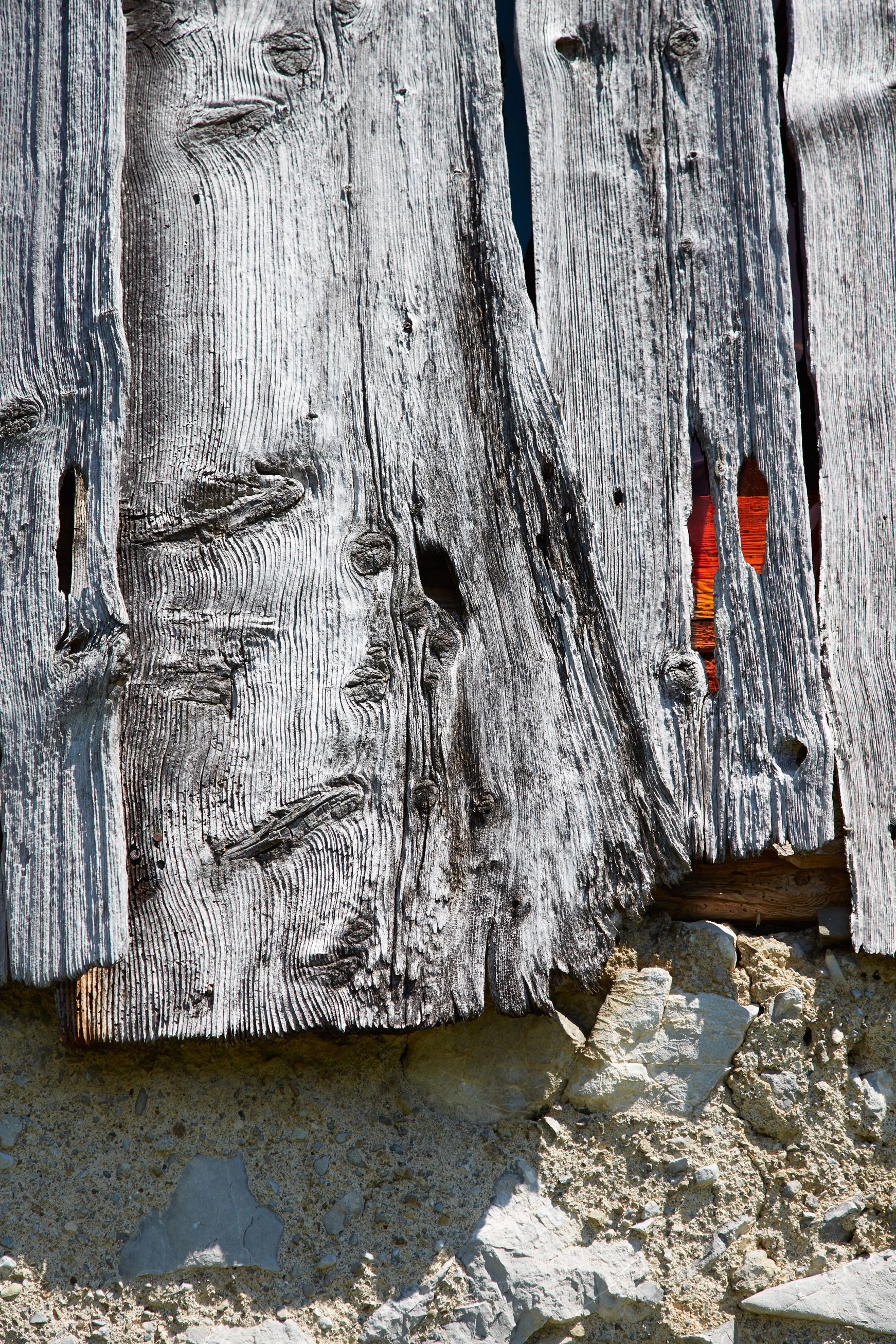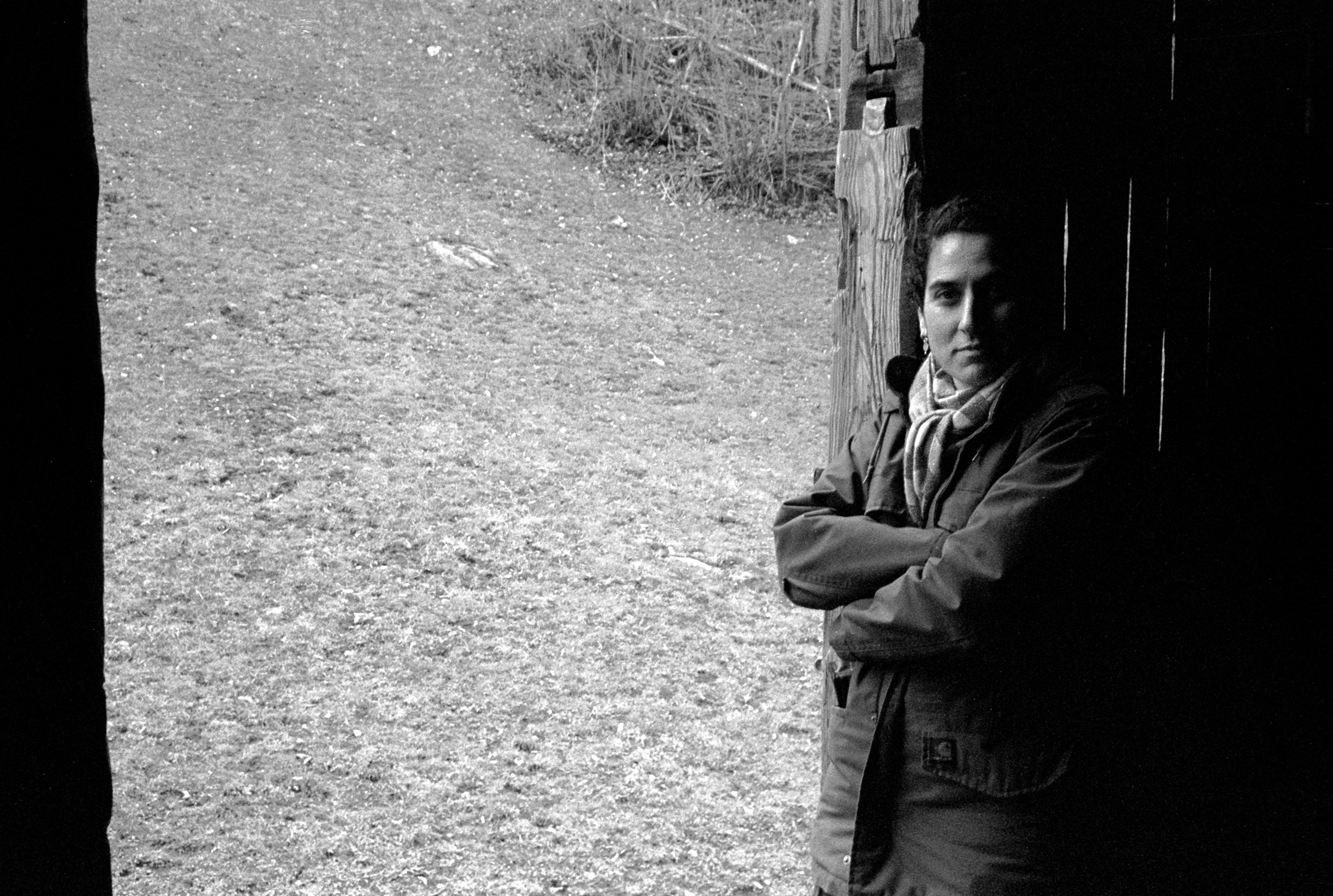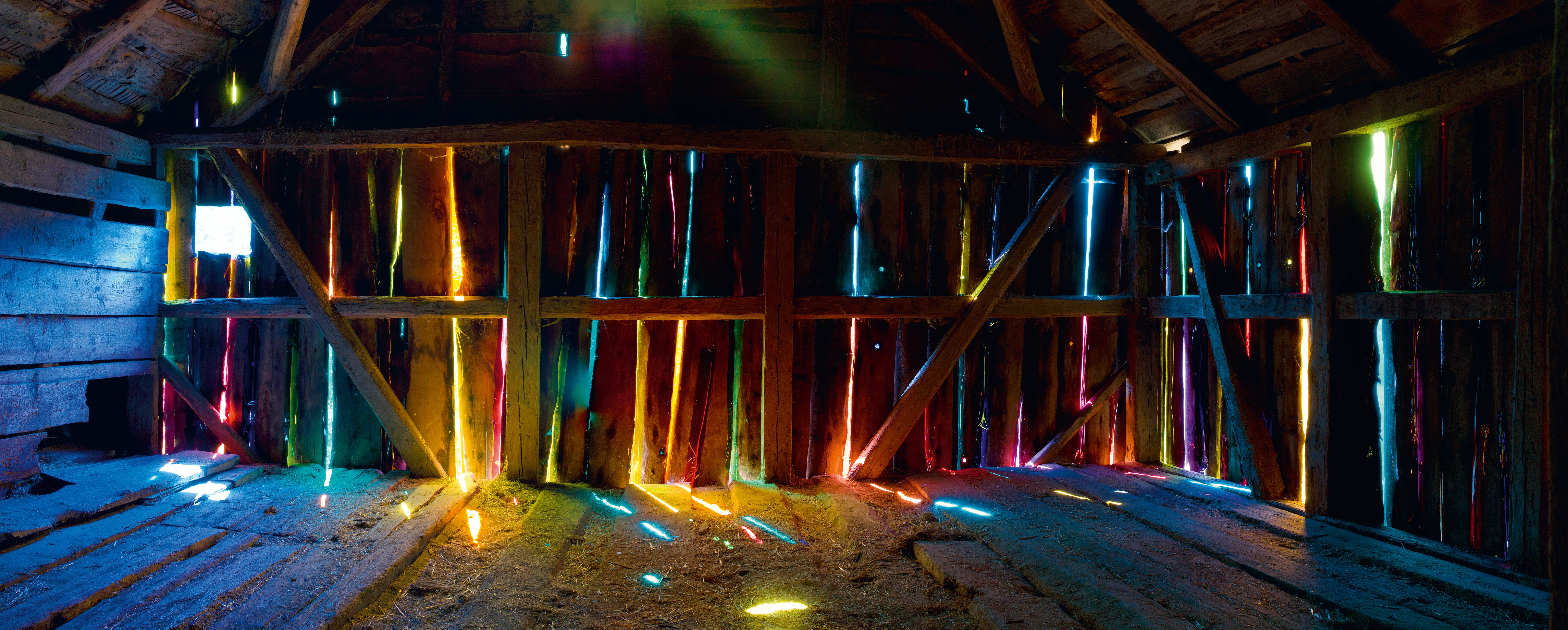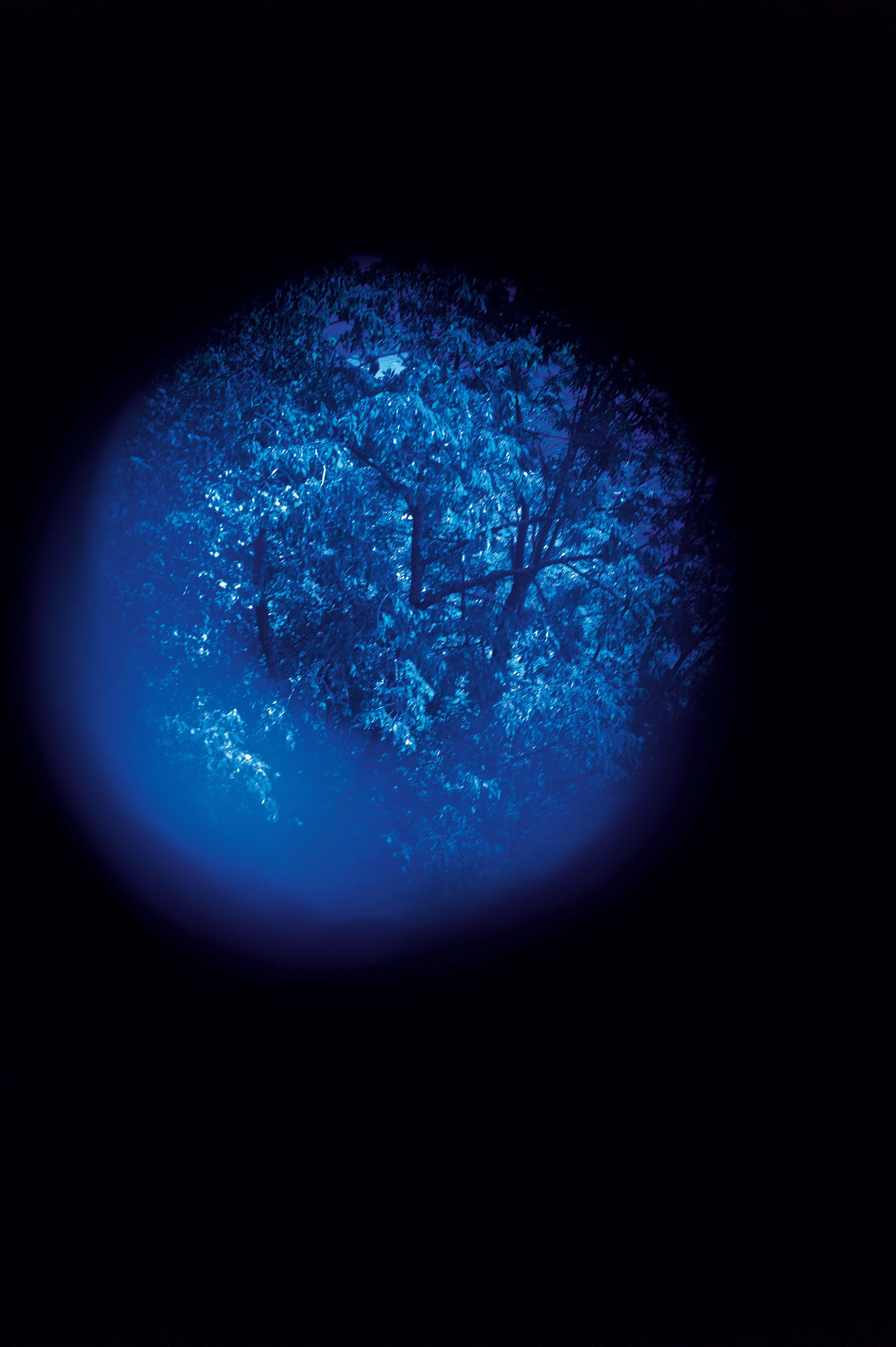Shirana Shahbazi first attracted international attention with the photographs she took in Tehran, the city of her childhood. Her series Gotfare Nik/Good Words (2000) captures everyday life in her native country, whose people, landscapes, and cityscapes present a world that is alien to us in Europe, but at the same time uncannily familiar. She had some of these photographs converted by poster artists into billboard-sized paintings, anticipating that this device would lead to a culturally specific visual interpretation in Iran. Shahbazi was a child when she left the country with her family in 1985; as a student in 1997 she moved from Germany, where she had grown up, to Switzerland, where she has been living and working ever since.
Shahbazi is an artist and an unmistakably classical photographer. Her use of analogue technology demonstrates a profound and solid knowledge of her craft. She takes a conceptual approach to her photographs by having them converted into various technical vehicles, for example, by presenting them as works in several parts, or by exhibiting them as installations. Photographs of carefully selected and meticulously staged everyday objects provide an insight into her fascinating visual explorations. Shahbazi does not pit figuration against abstraction; instead she seeks out the tension generated by exploiting both aspects. The aesthetic of object photography feeds into her artistic interest in the visual composition of photographs.
Shahbazi’s exhibition in Amden was her first not to include a single photograph. She drew attention to the light seeping into the barn by covering the raw planking with coloured filters. On the upper storey she covered all of the gaps between the planks — even the tiniest crack in the wood, every spot through which light might penetrate the room — with coloured filters cut to size, mostly long strips pinned onto the inside of the barn with a few steel pins [fig. 137]. Her palette consisted of freely improvised variations on each of the primary colours. The installation, put up in a single day by Shahbazi and four helpers, could not be seen from the outside. The barn stood there in the mountains just as it always had, seemingly unchanged, which made the impact of the coloured light on entering the building all the more powerful. Writing about stained-glass windows and the light in Gothic cathedrals in a book about the American artist James Turrell, Georges Didi-Huberman expresses his belief that people in the thirteenth century were more deeply moved by the experience of walking through coloured light then by figurative representations and complex biblical narratives, which were almost too far away for them to decipher. The empty barn in Amden was immersed in coloured light but without eclipsing the banality of the situation or the traces and remains of its former agricultural use. The simple building was not transformed into a sacred space; it remained unabashedly profane. The journey of the sun from east to west in the course of the day and intensity of the sunlight were reflected in the interior and altered its orientation and atmosphere. Bright, luminous patches of colour slowly made their way across the floor so that viewers had to invest time and attention to fully appreciate the work. Like other spatial works of art, the installation had a dual identity: It was a picture and it generated a place. Process was an explicit part of Shirana Shahbazi’s project. In the course of the exhibition, she used the installation as a studio. She took pictures of the light in the room, documenting the many luminous variations of an installation that has since been dismantled as well as working on photographs that could be exhibited as autonomous works in a different context.
– Roman Kurzmeyer

 Images
Images
 Info
Info





 Next Exhibition
Next Exhibition